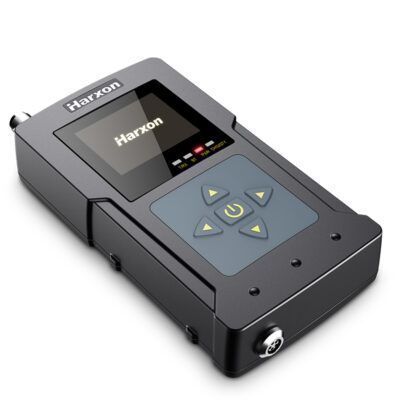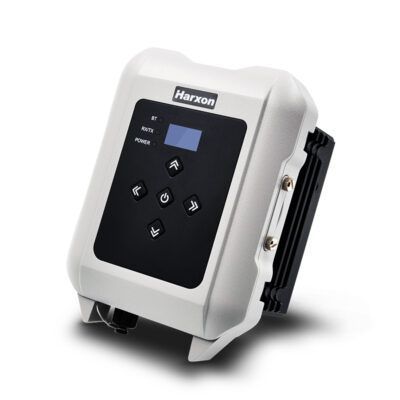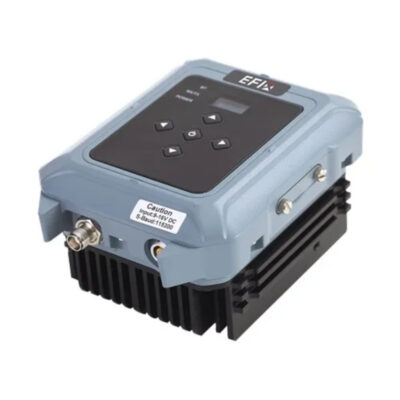GNSS
Understanding UHF Radios: Frequencies, Uses, and Differences from VHF
UHF radios are an important tool for many industries, including transportation, construction, security, and emergency services. In this article you will learn what an UHF radio is, what UHF stand for, the different UHF radio frequencies and more!
What is an UHF Radio?
UHF radio is a two-way radio communication device that uses ultra-high frequency (UHF) radio frequencies to transmit and receive signals. It is a reliable and efficient communication tool that is used in various industries such as transportation, construction, security, and emergency services. UHF radios come in many different types, including handheld portable radios, mobile radios for vehicles, and base stations.
What does UHF Radio Stand for?
UHF radio stands for ultra-high frequency radio. UHF radio frequencies range between 300 MHz and 3 GHz, making them higher in frequency than VHF (very high frequency) radio frequencies, which range between 30 MHz and 300 MHz.
UHF Radio Frequencies
UHF radio frequencies range from 300 MHz to 3 GHz, and they are commonly used for short-range communications. UHF frequencies are often used in densely populated areas where there is a lot of interference from other devices, such as buildings and other radio frequencies. UHF frequencies are also used for communications that require higher bandwidths, such as video and data transmissions.
UHF radios use a variety of frequencies, including:
-
450 MHz: This frequency is often used for commercial radio services, such as land mobile radio systems used by transportation companies.
-
470-512 MHz: This frequency range is used for public safety radio services, such as police and fire department communications.
-
800 MHz: This frequency is used for mobile phone communications and public safety radio services.
-
900 MHz: This frequency is used for industrial and commercial applications, such as wireless data transmissions.
UHF radios for land surveying are most of the time 410-470 MHz.
Some popular 410-470 MHz uhf radios
UHF vs VHF
UHF and VHF are both types of radio frequencies, but they have some important differences. UHF frequencies are higher in frequency than VHF frequencies, which makes them better for short-range communications. UHF frequencies can penetrate through buildings and other obstacles better than VHF frequencies, which makes them better for use in urban and suburban areas.
VHF frequencies, on the other hand, are better for long-range communications. They can travel farther than UHF frequencies, making them better for use in rural areas. VHF frequencies are also better at penetrating through foliage and other natural obstacles, which makes them better for outdoor activities like hiking and camping.
When it comes to choosing between UHF and VHF radios, it’s important to consider the specific needs of your communication system. If you need to communicate over short distances in an urban area, UHF radios may be the best option. If you need to communicate over long distances in a rural area, VHF radios may be a better choice.
Conclusion
UHF frequencies are higher in frequency than VHF frequencies, which makes them better for short-range communications in urban and suburban areas. UHF radios use a variety of frequencies, including 450 MHz, 470-512 MHz, 800 MHz, and 900 MHz. When choosing between UHF and VHF radios, it’s important to consider the specific needs of your communication system.





